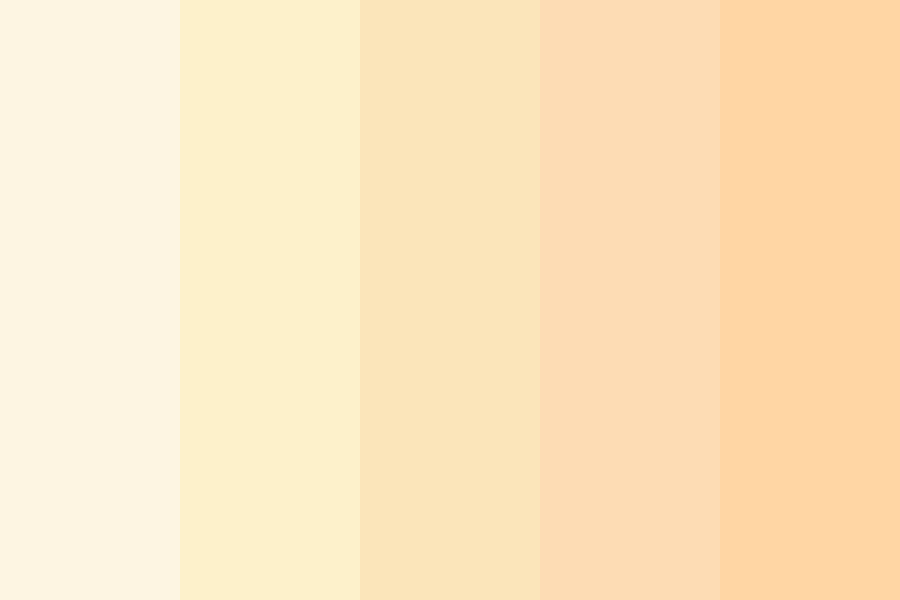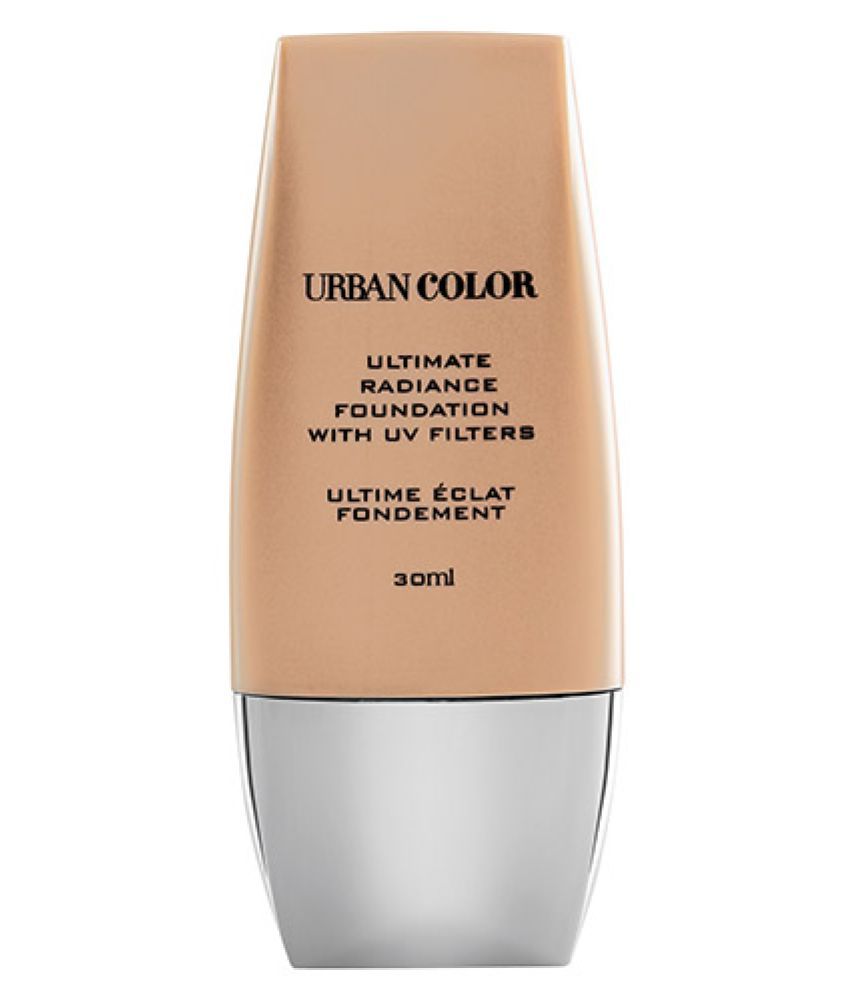

Sallow, sand-colored, sepia, shock-white, sienna, snowy, sooty, sorrel, spotted, sunny, sunburnt, swarthy, tan, tanned, tarnished, taupe, tawny, teak, terra cotta, toffee Painted, pale, pallid, pasty, peaches-and-cream, peach-colored, pearly, pink, porcelain, red, reddened, rose-brown, rosy, rouged, rubicund, ruddy, russet Ivory, jaundiced, lily-white, liver-spotted, mahogany, mango, milk-white, milky, mottled, ochre, olive Now without further ado, I present the lists.Īlabaster, albino, almond, amber, anemic, apricot, ashen, beige, bisque, black, blanched, bloodless, blue-tinged, blushing, brick-colored, bronze, brown, burnt, butterscotch, butteryĬafé-au-lait, caramel, cedar, chalky, charcoal, chestnut, chocolate, cinnamon, coffee-colored, colorless, copper, coral, cream-colored, creamyĭark, dappled, dusky, ebony, espresso, fair, fawn, fiery, florid, flushed, flushing, freckled, ghostly, ginger, golden, granite-grey, grey, green Most of these words could be applied to specific body parts rather than skin. I didn’t include any taste words, but consider the possibilities, especially if you’re writing a romance novel. Investigate the surroundings and occupations of your characters to add appropriate scents. A protagonist’s skin could smell like grease, rose petals, beer, garlic, baby shampoo, or licorice. I have included a few words that refer to scent. What about other animals? Crocodiles, elephants, leopards, giraffes - they all have different textures and patterns of skin or spots, with personalities that could match those of your protagonists. Imagine what you could do with tabby and piebald, words that normally describe cats and horses.

More suggestions appear under additional headings. Moving down the page to the mottled heading brings up the following adjectives: blotchy, checkered, dappled, flecked, freckled, maculate, streaked, tabby, variegated, marbled, motley, and piebald. presents a different list: mottled and spotted. Google brings up the following recommendations: mottled, dappled, blotched, spotty, spotted, smudged, marked, erratic, irregular, patchy, and splotchy.Ī search at provides these alternatives: blemished, macular, patchy, reddened, scurvy, spotty, and uneven. Microsoft Word provides these suggestions: mottled, blemished, marked, spotty, spotted, dappled, discolored, freckled, reddened, and red. You can also benefit from the following lists of adjectives by consulting them in conjunction with your favorite thesauruses. Even though the word baby is never used, you sense the softness of the mother’s skin. Consider this sentence: Jordan’s tiny fingers stroked his mother’s breast, a breast with skin as soft as his own.ĭo you envision a baby? The sentence doesn’t say Jordan is in his mother’s arms, but that’s probably what you see. If she doesn’t play, perhaps she strokes the keys and daydreams about a musician who jilted her.Īnother cliché is baby-soft skin. Either Julianne keeps them polished, or she spends considerable time playing. The comparison between skin and keys hints that the keys are shiny.

Can you use piano keys for a direct description? How about: Julianne flounced into the parlor, her flawless skin shimmering as white as the keys on the grand piano in the center of the room.ĭo you picture a fair-skinned, affluent woman who might have musical talent or at least the desire to appear as though she does? Although the piano keys don’t shimmer, her skin does. Let’s consider ivory, a hackneyed word for modifying skin. Some might be deemed cliché, but you can leverage them as springboards. These lists contain more than 300 adjectives to describe skin color, tone, complexion, and texture.

Picking the perfect adjective saves words and makes writing leap off the page. (Discover even more words in The Writer’s Body Lexicon.)


 0 kommentar(er)
0 kommentar(er)
